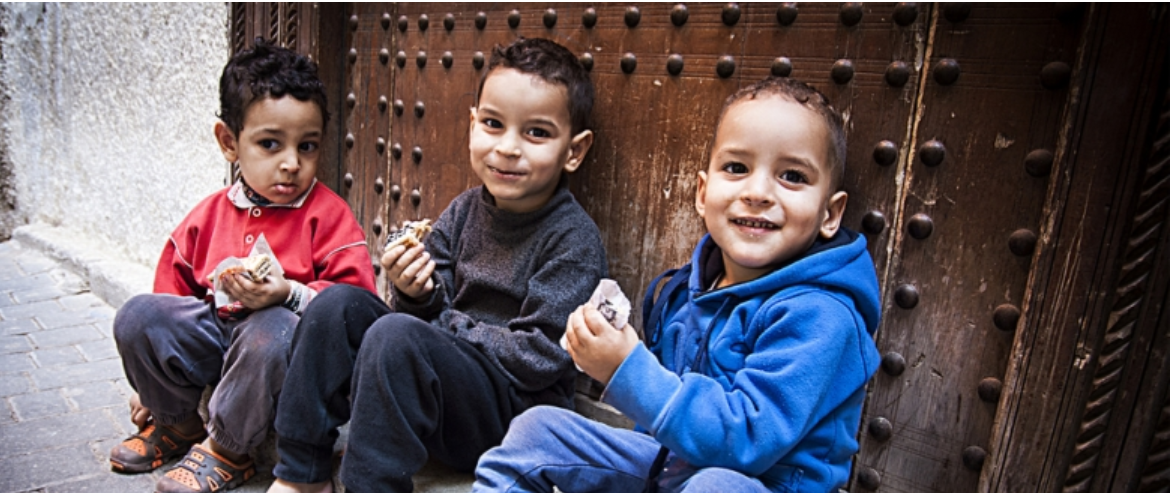
BoneXpert is accurate in Moroccan children
A study from Queen Fabiola Children’s University Hospital in Brussels on the accuracy of bone age has been published.
The study recruited 211 Belgian children of Moroccan ethnic origin, along with 212 children from the general population.
The children were recruited retrospectively from individuals who underwent a radiograph of their left hands to rule out trauma or musculoskeletal abnormalities. Children with pathologies were excluded.
The agreement with a manual (visual) rating is good, as shown in this Bland Altman plot:

Only 13% of the cases deviated by more than 1 year, which is compatible with a Root Mean Square (RMS) error of 0.66 y. The good agreement was facilitated by a particularly careful manual rater who took into account all the bones and the narrative description of the bone shape features of each age provided in the page annexed to each image of the Greulich Pyle (GP) atlas. The automated analysis was done with BoneXpert version 2 – with version 3 the RMS error would be expected to be even lower.
The study data are fairly representative of the general populations of these ethnicities, and it is therefore relevant to consider the difference between bone age and age:

The mean difference is compatible with being zero, except perhaps for European Caucasians below the age of seven, who tend to be 0.3 years delayed.
The GP bone age scales was derived from selected, upper-middle class children in Ohio 1931-42. Since then, many Caucasian populations have been found to be delayed by 0.3-0.7 years relative to the GP scale, so it is interesting that present-day Caucasians seem to have caught up to the GP scale after 80-90 years.
